 10 Iconic NYC Foods: Where To Go and What To Order
10 Iconic NYC Foods: Where To Go and What To Order
When it comes to good food, New York City has a lot on its plate. Culinary trends ranging from the cronut — a…

Did you know that the Labor Day holiday began in New York City? Like so much of America’s cultural defining moments, the movement started here.
And on Labor Day in New York, we have not one but two parades, although one has nothing to do with workers’ rights, but more on this below.
Labor Day in New York City calls for a fun day out at a beach or a park as you enjoy the end of summer. I have a few recommendations for how to enjoy this holiday weekend in America’s biggest city, but first, let’s dig into the history of Labor Day, born right here in New York City.
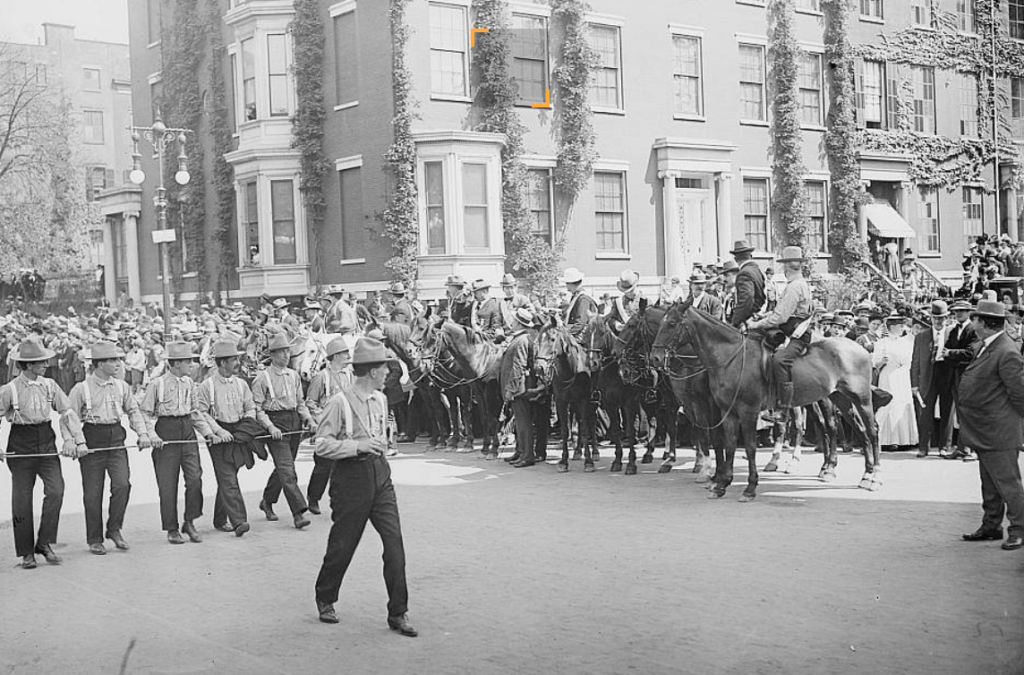
Always held the first Monday in September, Labor Day makes for a long weekend while we still have some warm weather to enjoy.
For most Americans, Labor Day conjures up images of barbecues, parades, and the wistful end of summer. Few give thought to the origin of the holiday, beyond perhaps a vague nod towards celebrating the “American worker.”
But the history and its NYC connection is rather interesting. The first celebration of Labor Day happened in NYC on September 5, 1882, when 10,000 workers gathered in Union Square and then marched uptown to Bryant Park. The event ended with the participants having a large picnic at a park.
In 1887, the state of New York officially recognized Labor Day as a holiday. So did Oregon, Massachusetts, New Jersey, and Colorado.
Then in 1896, President Grover Cleveland signed Labor Day into law as a federal holiday.
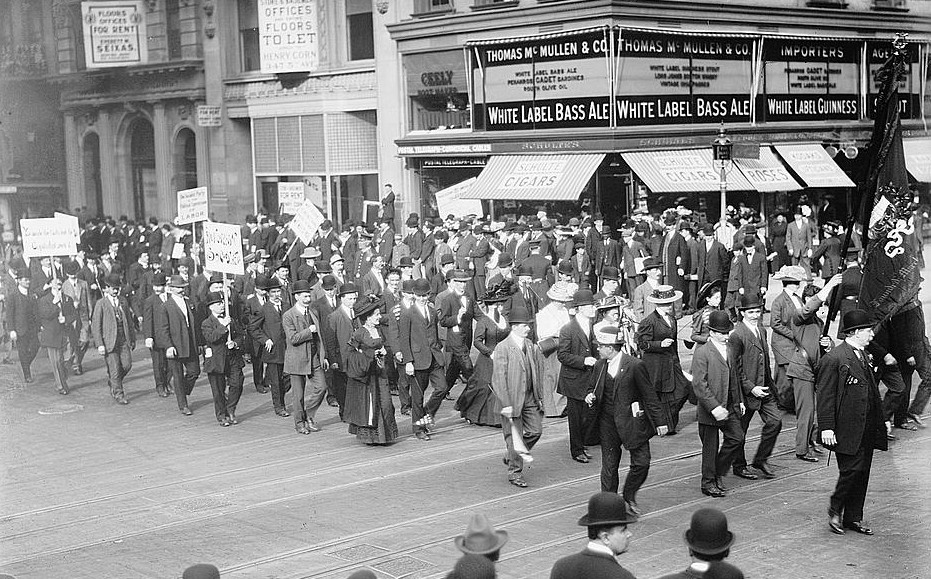
Before Labor Day, there was another holiday to celebrate workers’ efforts worldwide — International Workers’ Day on May 1. Unfortunately, this date became associated with tragedy.
On May 4, 1886, a peaceful demonstration of workers in Chicago, in support of an eight-hour work week, devolved into violence when a bomb was thrown into a group of police officers. The police responded by firing into the crowd, killing and wounding several protestors.
Later known as the Haymarket Affair, this awful event led to the execution of four labor leaders. So when President Cleveland was choosing a date for the new holiday, he wisely steered clear of May.
Yes, a Labor Day parade still happens every year in NYC. It is organized by the New York City Central Labor Council and starts from 44th Street and Fifth Avenue and heads north up to 64th Street.
This parade might not be as well known or attended like other NYC parades on holidays like Columbus Day and St. Patrick’s Day. However, it remains an annual tradition with a close tie to NYC history.
Here’s a peek at the parade last year.
This antiquated rule is now a thing of the past. Even etiquette expert Emily Post points out how it’s no longer seen as a fashion risk.
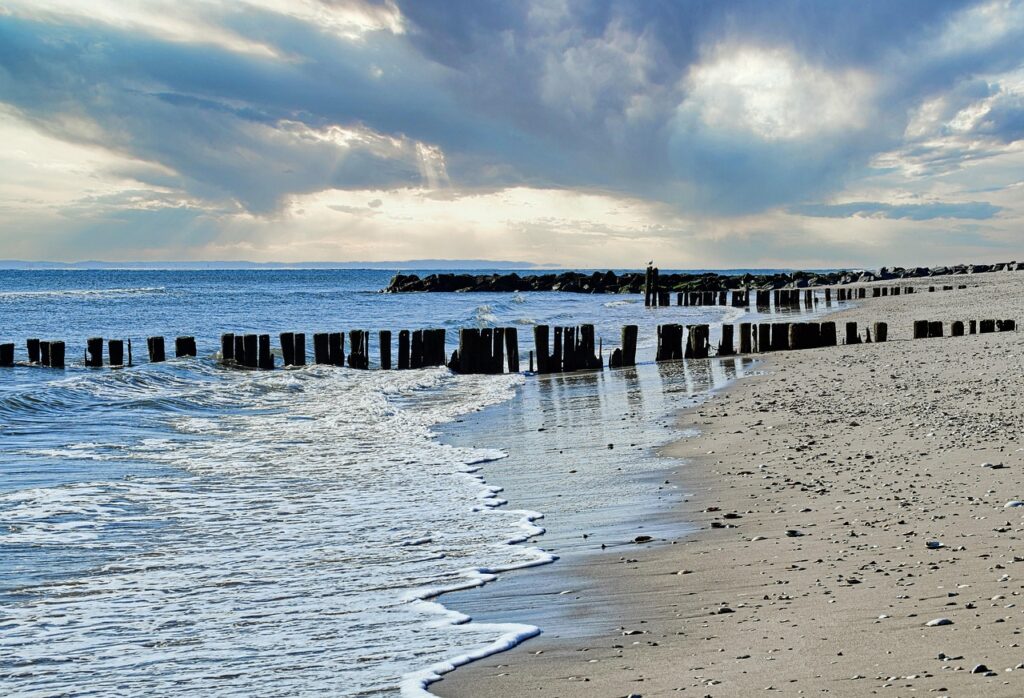
During Labor Day weekend, it’s common for New Yorkers to escape from the city and head to other parts of New York. Popular getaway spots include the Hamptons, Fire Island, or upstate.
For those who decide to stay in NYC, there are still many fun things to see and do for your end-of-summer weekend beyond the New York City Labor Day Parade.
Usually held on Labor Day, the West Indian Day Parade is a celebration of Caribbean culture. Happening along Brooklyn’s Eastern Parkway, this procession involves steelpan and calypso bands as well as performers dressed in carnival costumes.
Tennis fans flock to Flushing Meadows in Queens in late August and early September to watch the U.S. Open at the Billie Jean King National Tennis Center. This tennis tournament brings out the sport’s top talent, so if you’re a fan, don’t wait to buy tickets!
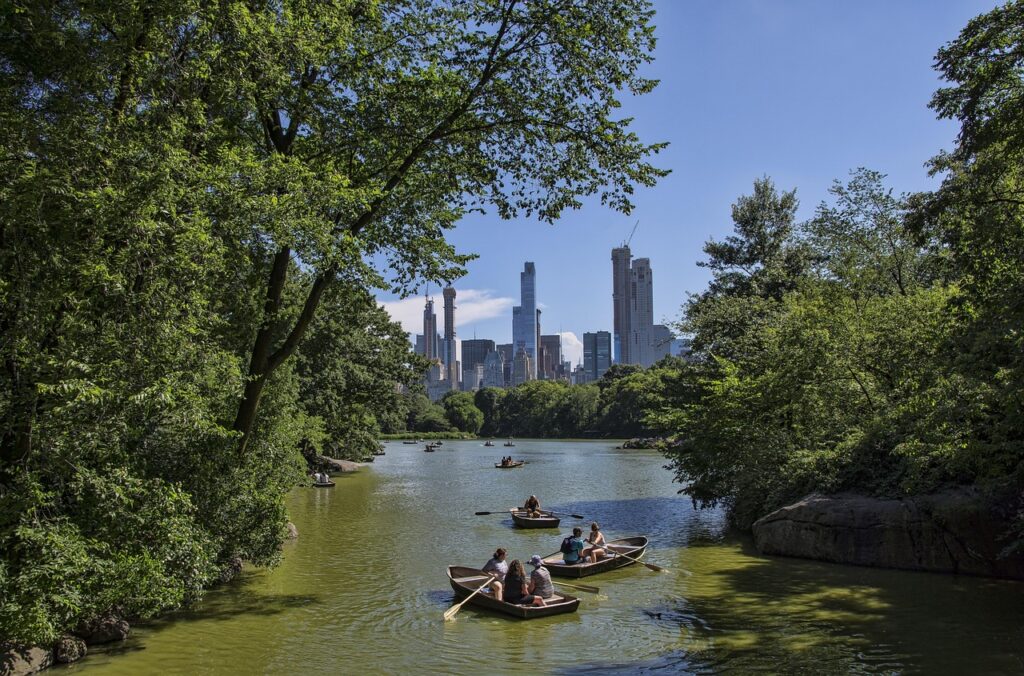
In general, NYC’s parks make for great picnic spots (remember — the original Labor Day event ended in a picnic). You can’t go wrong with Central Park and its many photo-worthy spots, but there are parks all around Manhattan. Go for a walk on the High Line or explore Battery Park as you soak up views of the Statue of Liberty.
If you’re willing to venture a little off the typical tourist circuit in Manhattan, the Brooklyn Botanic Garden and the New York Botanical Garden in The Bronx are still blooming on Labor Day weekend so you can soak up those last days of summer to the fullest.
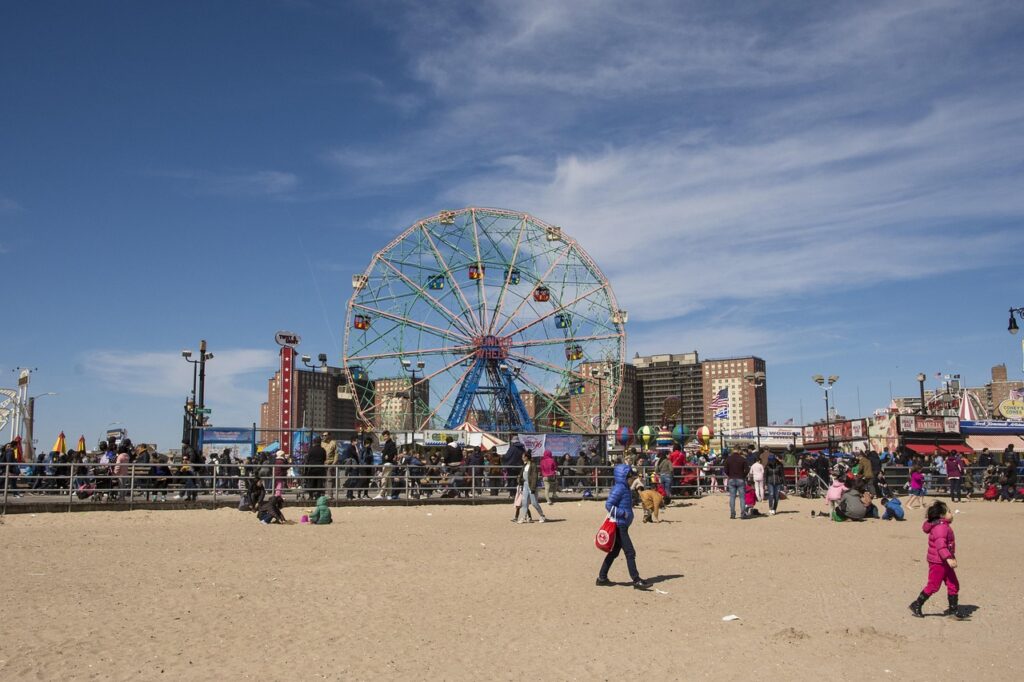
NYC’s beaches are also popular around Labor Day weekend. In Brooklyn, Coney Island is famous for its boardwalk and is also home to the New York Aquarium, Nathan’s Famous (the legendary hot dog stand), and Luna Park. Keep on going and you’ll end up in neighboring Brighton Beach.
Rockaway Beach, in the Rockaways area of Queens, was not only made famous in a Ramones song. It’s also the only NYC beach where surfing is permitted.
Head uptown to The Bronx for a day trip to City Island, a neighborhood village that seems like a coastal New England town. Or take a ferry to see the Statue of Liberty and Ellis Island.
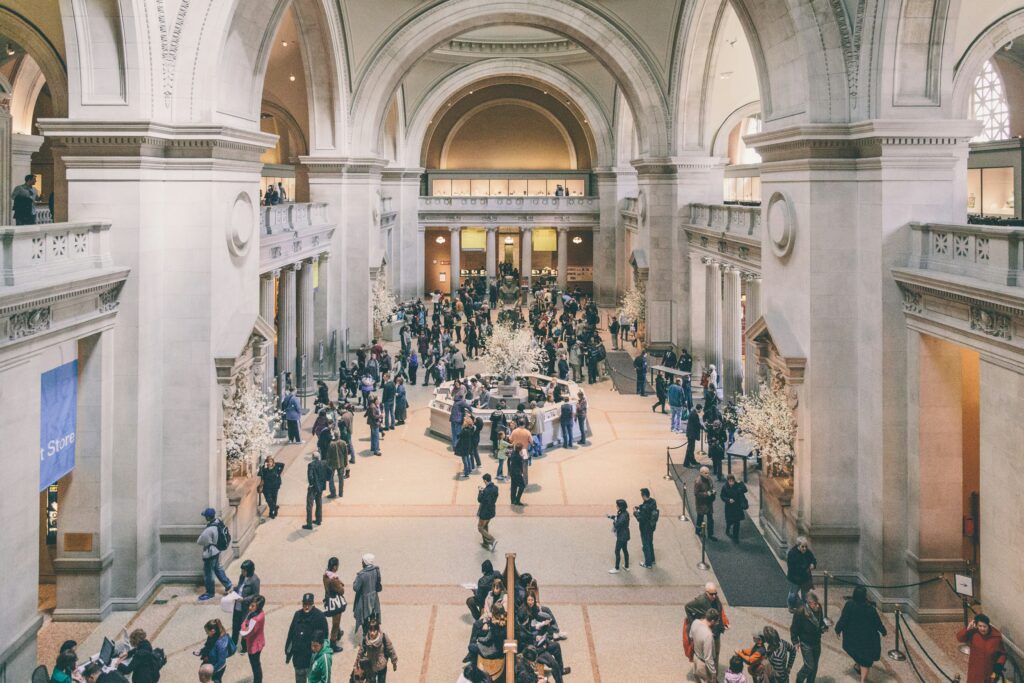
If you prefer to be indoors, most NYC museums are open on Labor Day. Check their visitor hours beforehand.
No matter what you do on Labor Day, New York City is the place to be!
 10 Iconic NYC Foods: Where To Go and What To Order
10 Iconic NYC Foods: Where To Go and What To Order
When it comes to good food, New York City has a lot on its plate. Culinary trends ranging from the cronut — a…
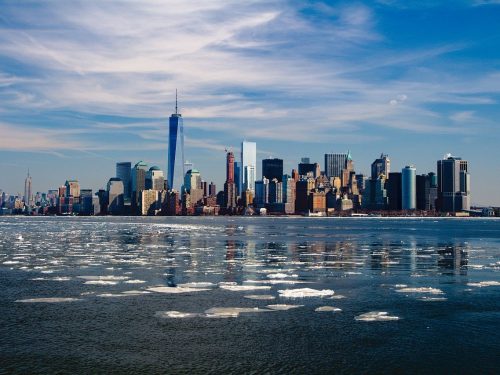 12 Attractions You Must Not Miss in NYC
12 Attractions You Must Not Miss in NYC
So you’re ready to explore New York! Whether you’re planning for a weekend or you’ve been here for years, there’s so much to…
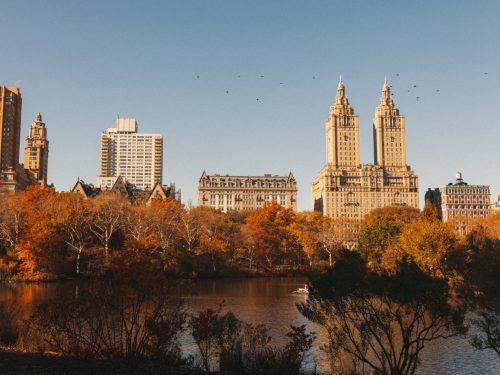 11 Photo-Worthy Things To See and Do in NYC’s Central Park
11 Photo-Worthy Things To See and Do in NYC’s Central Park
Central Park is my favorite park in the entire city. Whether you’re lounging on the lawn during the summer or frolicking in a…